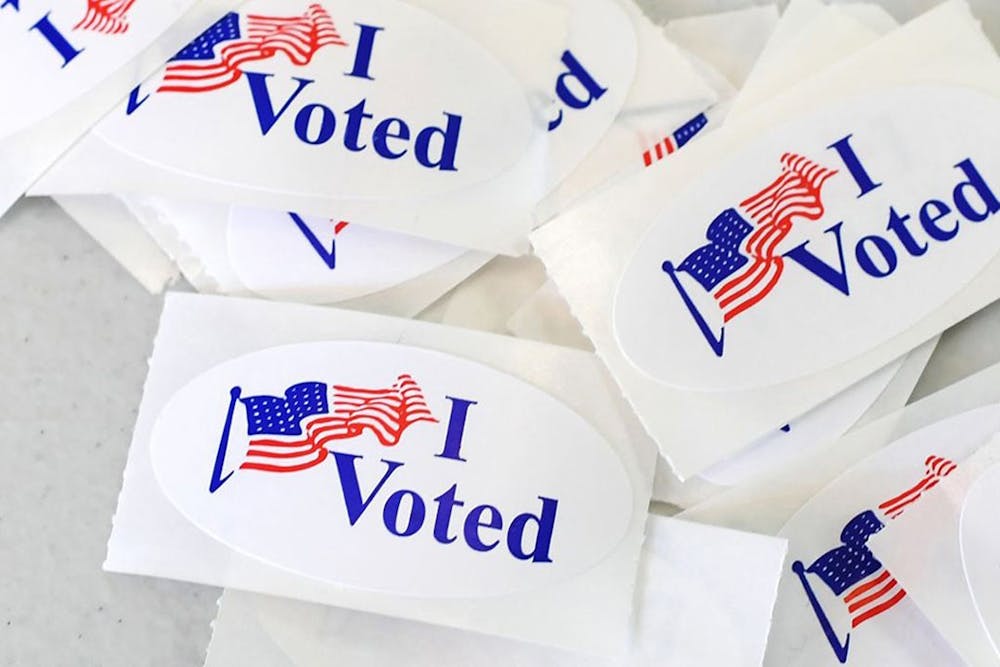Local politics are more likely to impact your day-to-day life, so they are just as important to vote in as the upcoming presidential election.
The highest midterm voter turnout since 1978 was in 2018, when a little over half of eligible voters headed to the polls. However, the rate of voting among registered voters in the 2008 election was around 61%. Both of these used percentages of voting eligible persons instead of recording numbers based on voting-aged population, which doesn't include felons, non-citizens or adults who can't vote for some other reason. The highest percentage recorded for an off-year, or a year without a national election, is 10% less than the highest for a national election. Usually, it’s even lower.
Despite voter turnout for the federal 2008 election being incredible, the midterms before and after it demonstrate the importance voters place on local, state and congressional elections. The turnout for midterms was 40.4% in 2006 and 41% in 2010. These low-turnout midterms sandwiched the presidential election with the biggest voter turnout in modern history. Primary elections are worse. Only 16% of voters in this state voted in the 2014 state primary elections.
The president and the federal government usually come to mind when thinking of politics or policy, and it’s easier to place blame on a single person or administration when something goes wrong. In reality, the local and state government affect far more in our day-to-day lives than the federal government does.
On a state level, the state House and Senate act the same way their national counterparts do: Anything the executive branch does has to go through them first (unless it’s an executive order, of course). They approve the state budget, statewide laws, start tax legislation and initiate articles of impeachment against the governor. The state legislature decides what amount of money to grant from the state budget to county school districts and other public services.
The majority of infrastructure projects come from the local level: anything from fixing sidewalks to installing new sewer systems or placing new water and gas lines. School boards decide the majority of decisions for K-12 education within a school district, depending on the powers they’re given by their county governments. City councils and mayors make decisions about emergency services, including the budget for their police department.
Especially in a year like 2020, there might be a sense of hopelessness or apathy surrounding politics. It might feel overwhelming to have so many people to vote for, many of whom are more difficult to find a lot of information on. The SCIWAY, or South Carolina Information Highway, website shows a list of elections and candidates by county under its “SC Elections” tab. That information can also be found on Ballotpedia.
The numbers surrounding off-year elections illustrate a lack of initiative to vote, but the turnout for 2018 really did show some change in attitude. Hopefully people can turn out again, not just to vote for president but to vote for every position, no matter how big or small, on the ticket.

